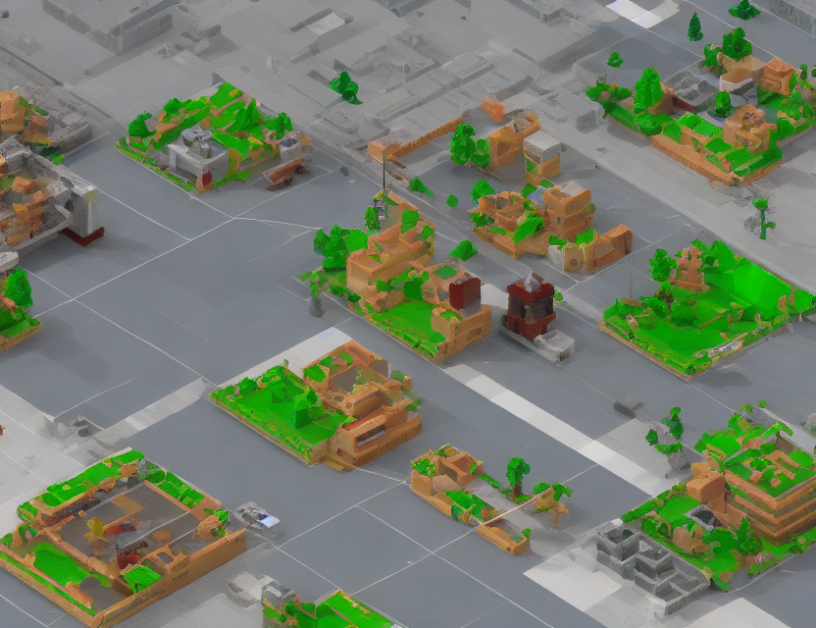In this article, we propose a novel attention mechanism called box-based attention for keypoint estimation in point cloud processing. Our approach focuses on local feature extraction by concentrating on areas most relevant to each keypoint location, rather than capturing global dependencies. We compare our method with other state-of-the-art self-attention mechanisms and find that it outperforms them in terms of accuracy.
One of the main challenges in keypoint estimation is the need to balance global context and local information. Traditional attention mechanisms often capture too much long-range context, leading to over-smoothing and neglecting important local details. To address this issue, we introduce a box-based attention module that divides the point cloud into small regions called boxes, each of which is attended to by the network. This allows the network to focus on the most relevant areas for keypoint estimation without excessive computation or over-smoothing.
Our experiments show that box-based attention outperforms other self-attention mechanisms in keypoint estimation tasks. We also find that a stratified attention mechanism, which attempts to aggregate long-range contextual information, actually impairs performance in this task. This suggests that our approach is effective because it concentrates on local areas most relevant to each keypoint location, rather than trying to capture global dependencies.
In summary, box-based attention offers a simple yet effective solution for keypoint estimation in point cloud processing. By focusing on local feature extraction and avoiding excessive computation or over-smoothing, our approach improves the accuracy of keypoint estimation tasks.
Computer Science, Computer Vision and Pattern Recognition
Fully Sparse VoxelNet for 3D Object Detection and Tracking



